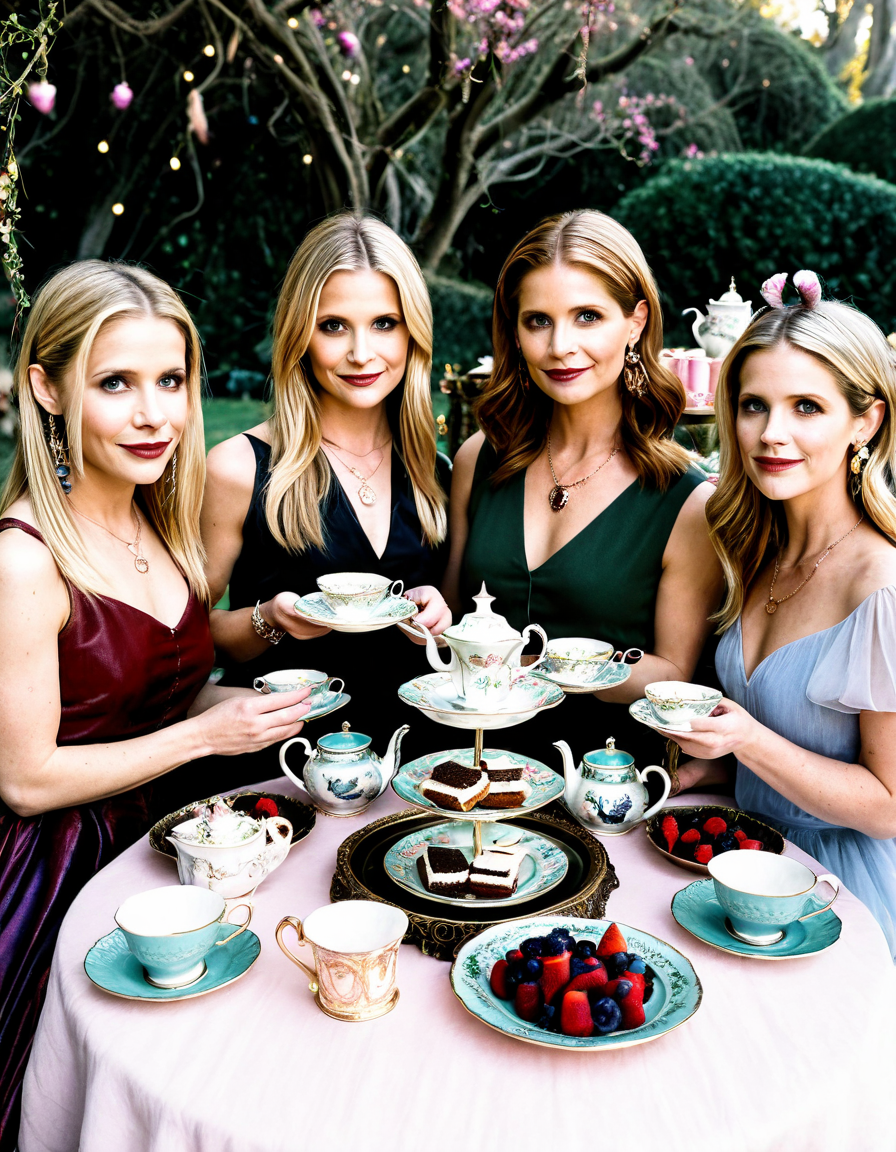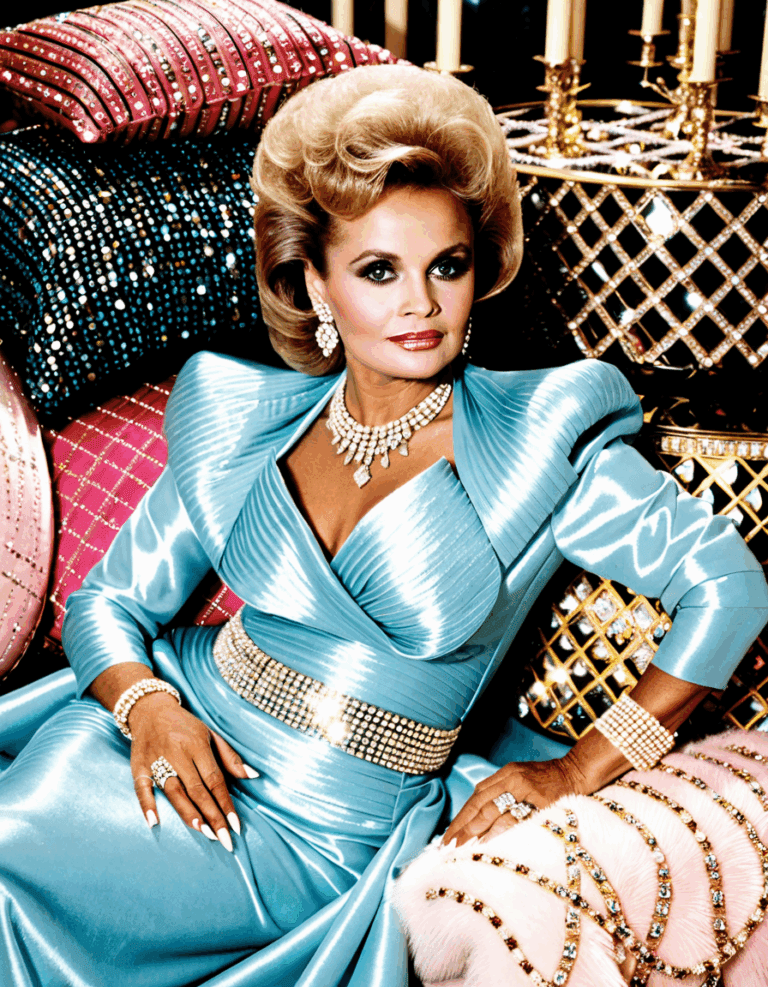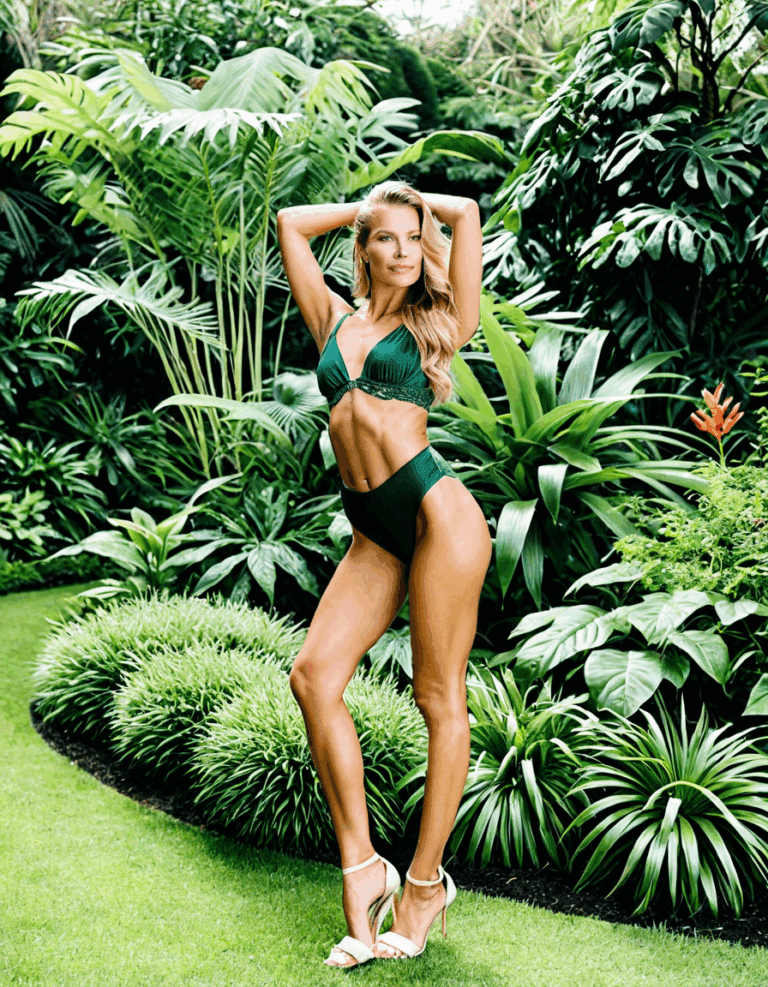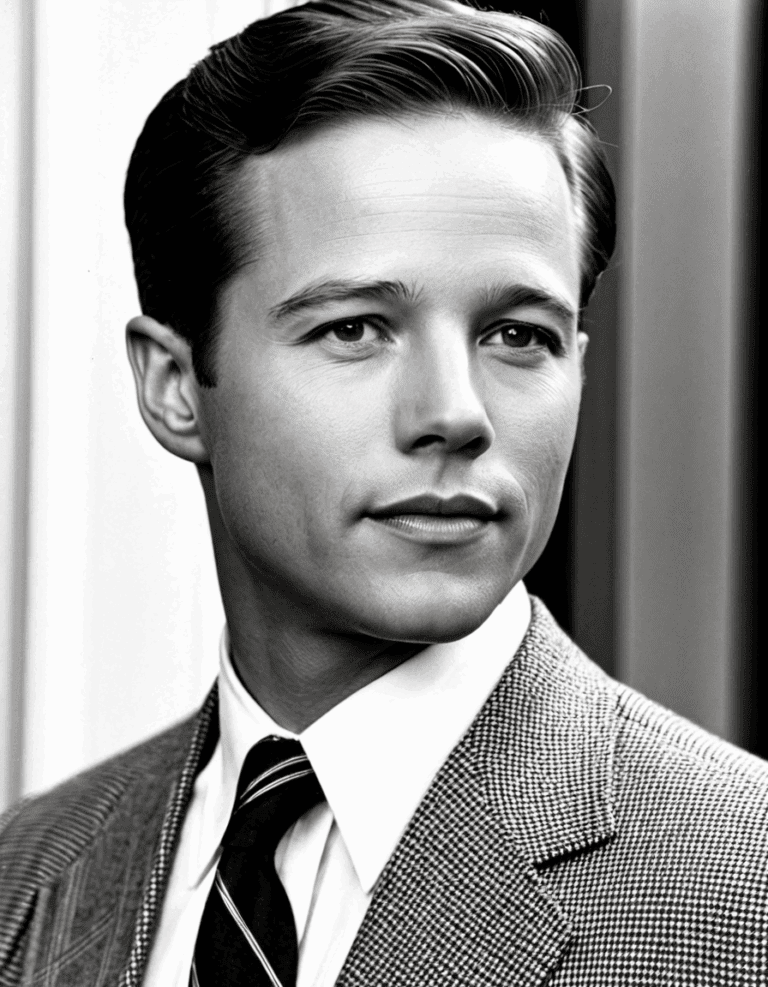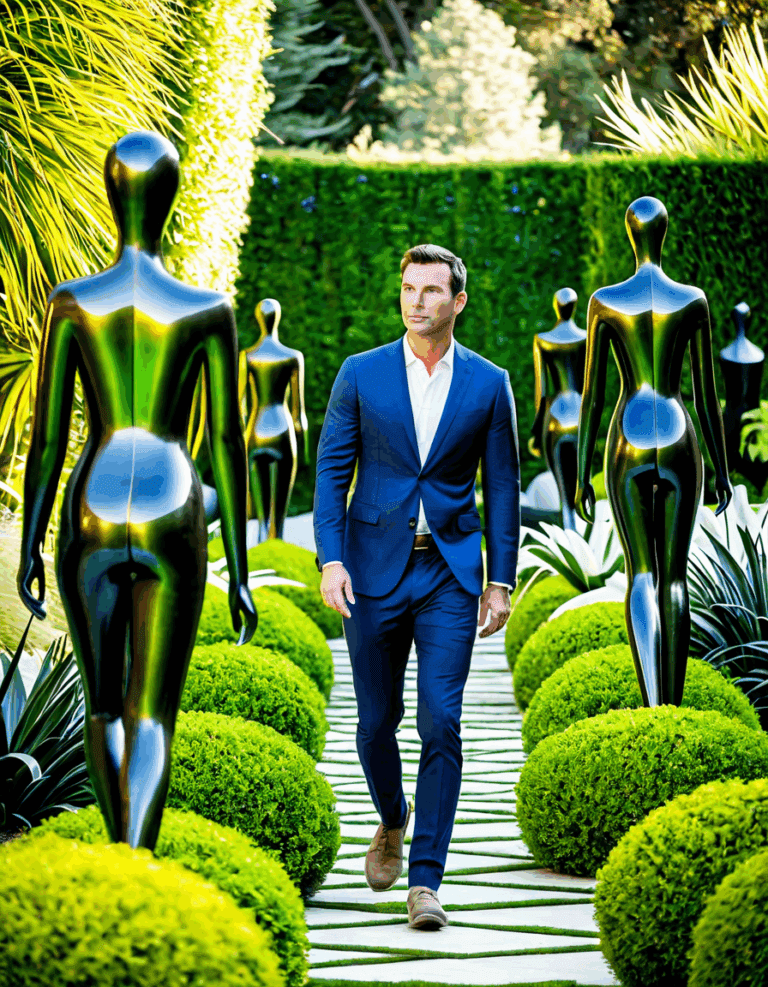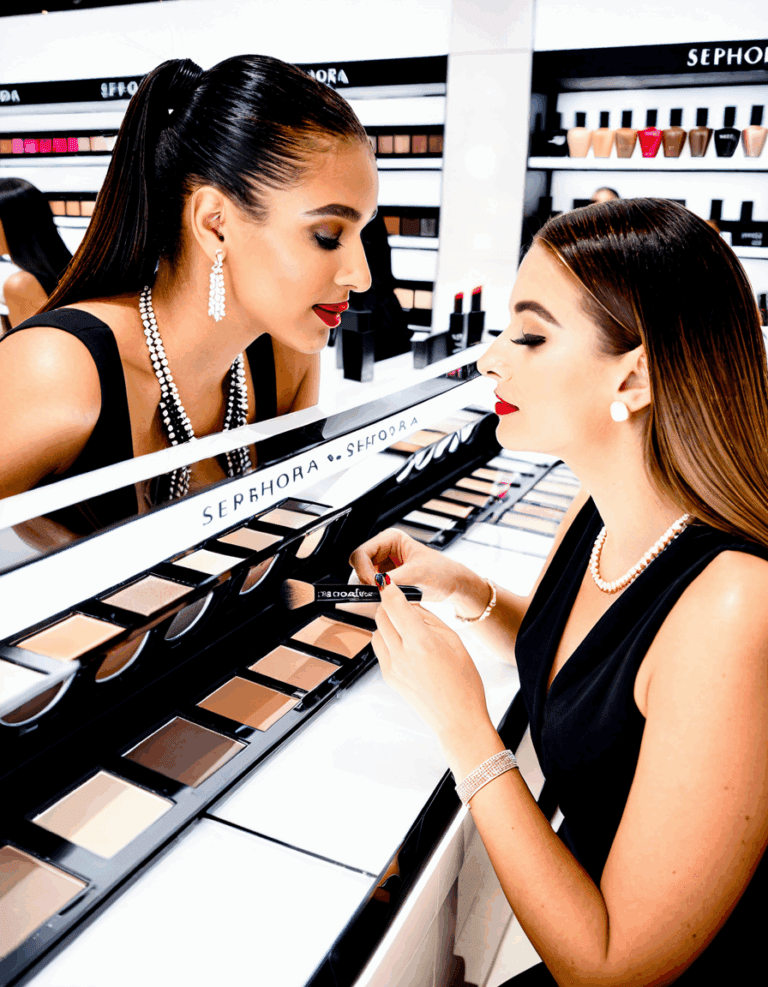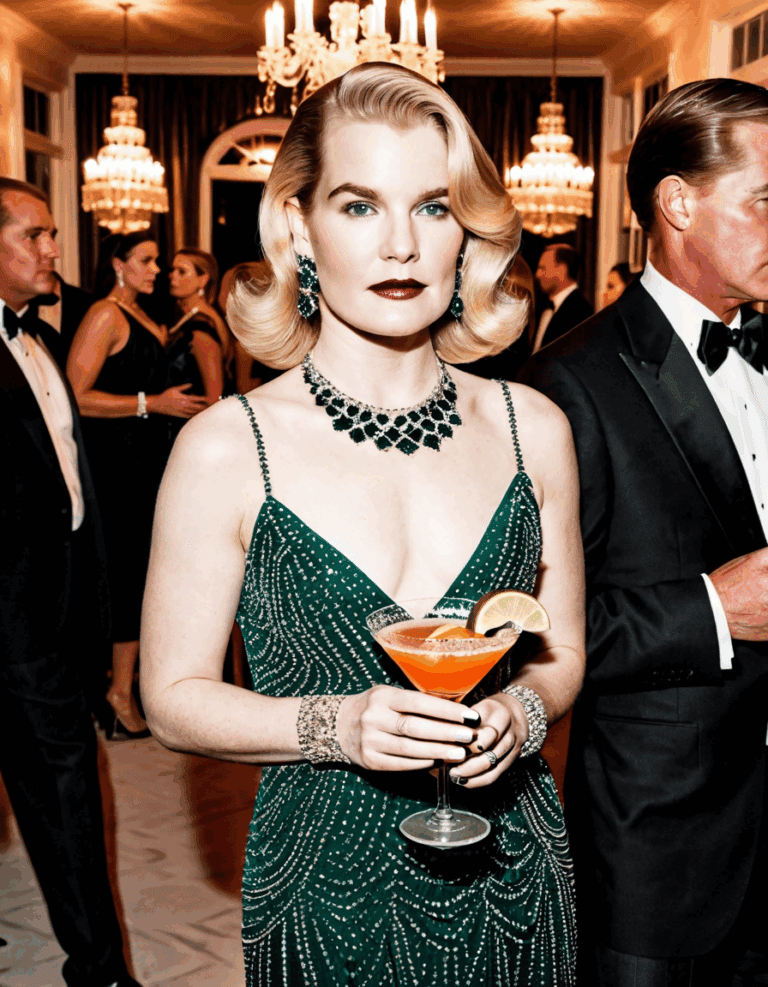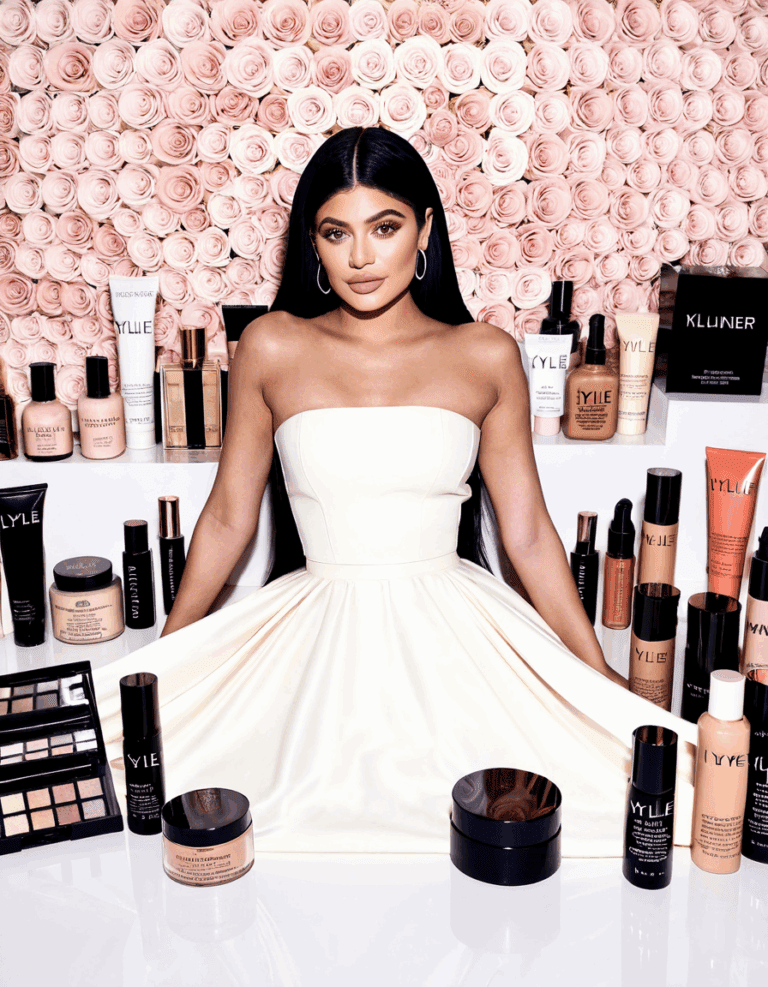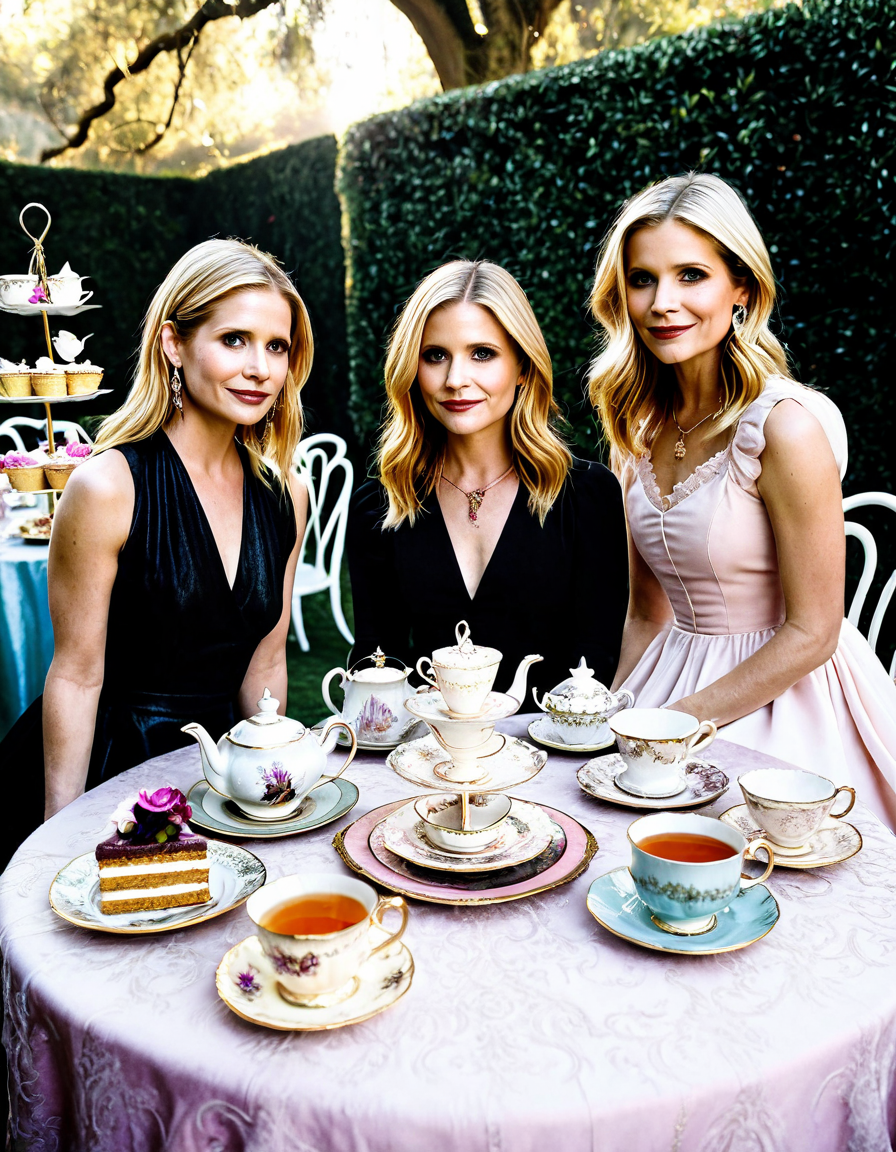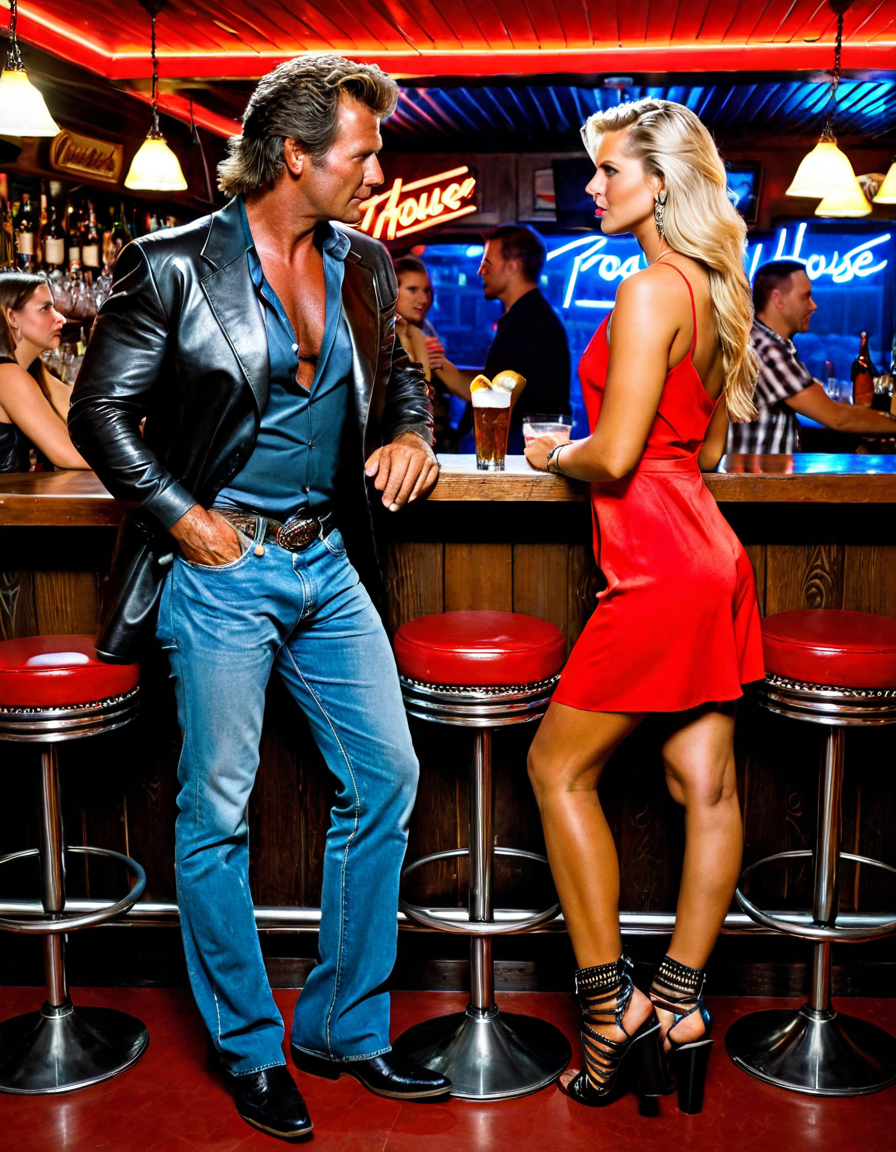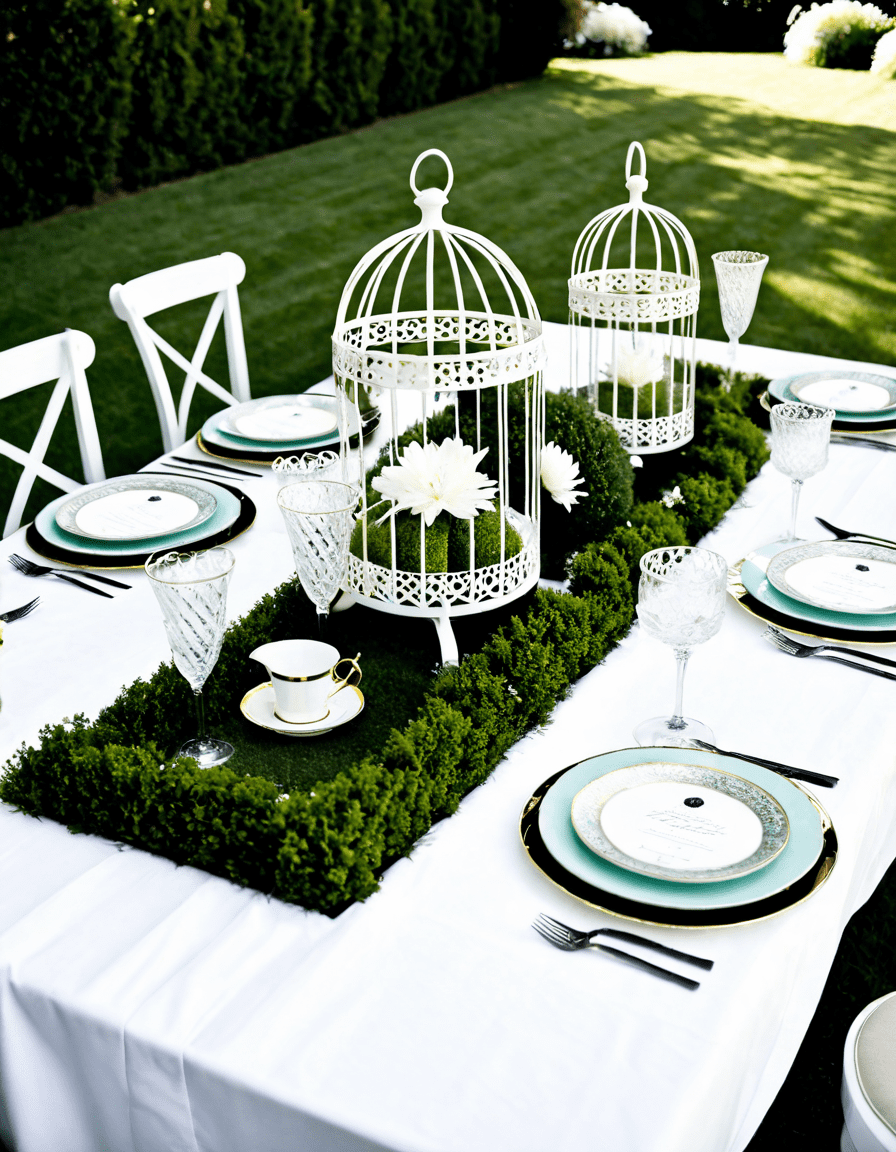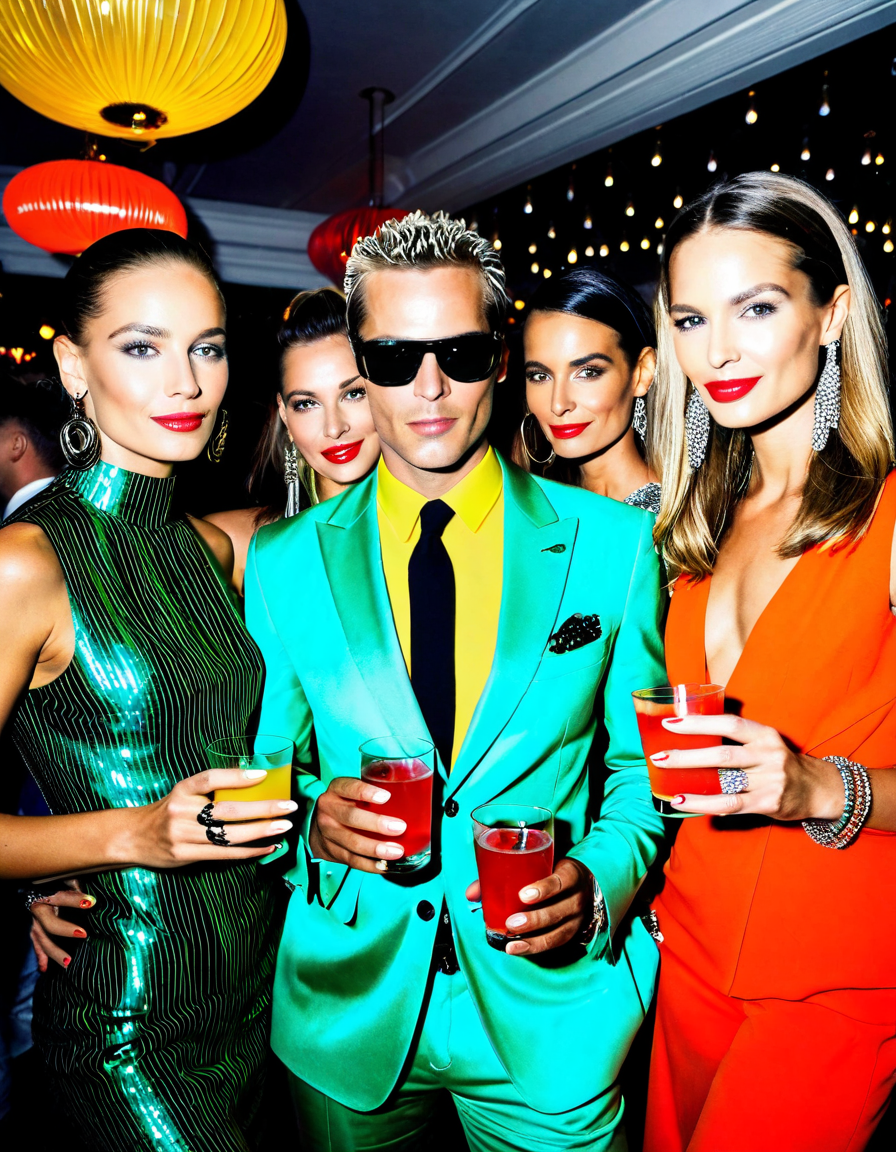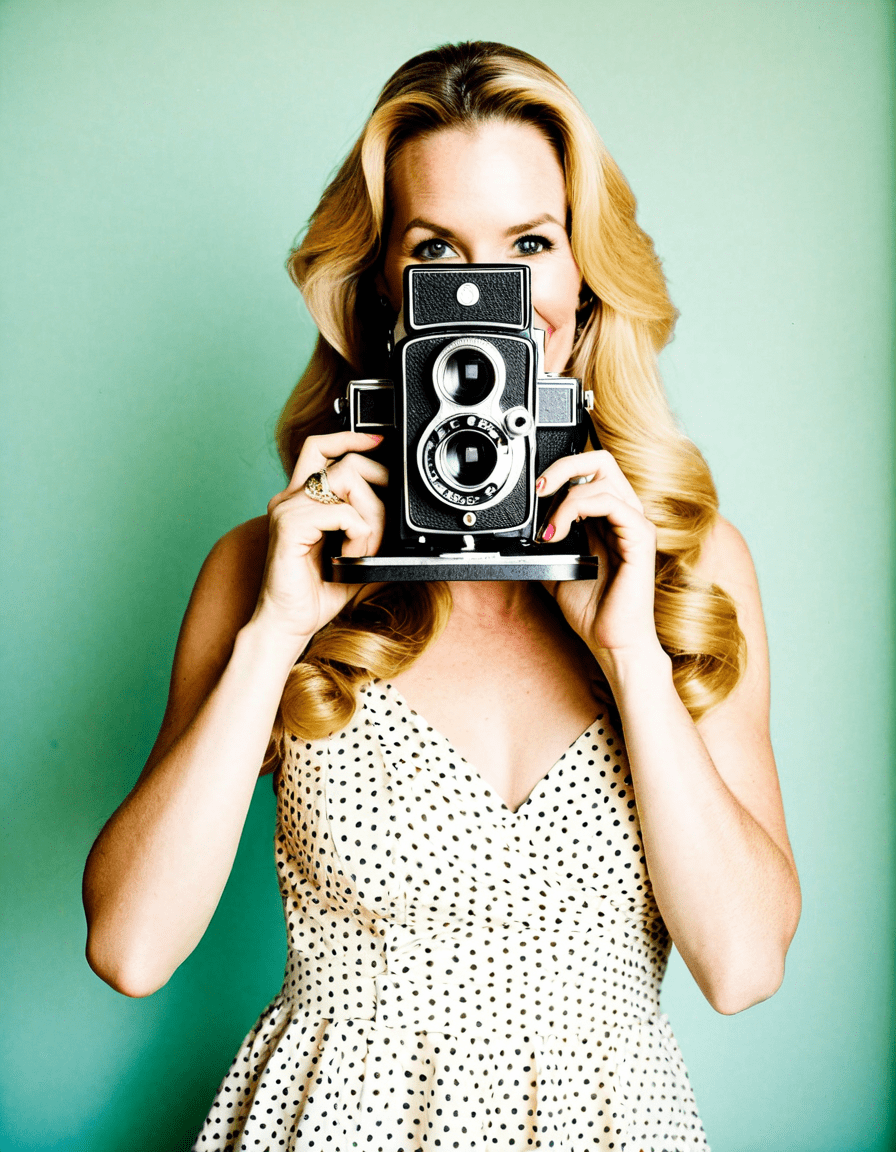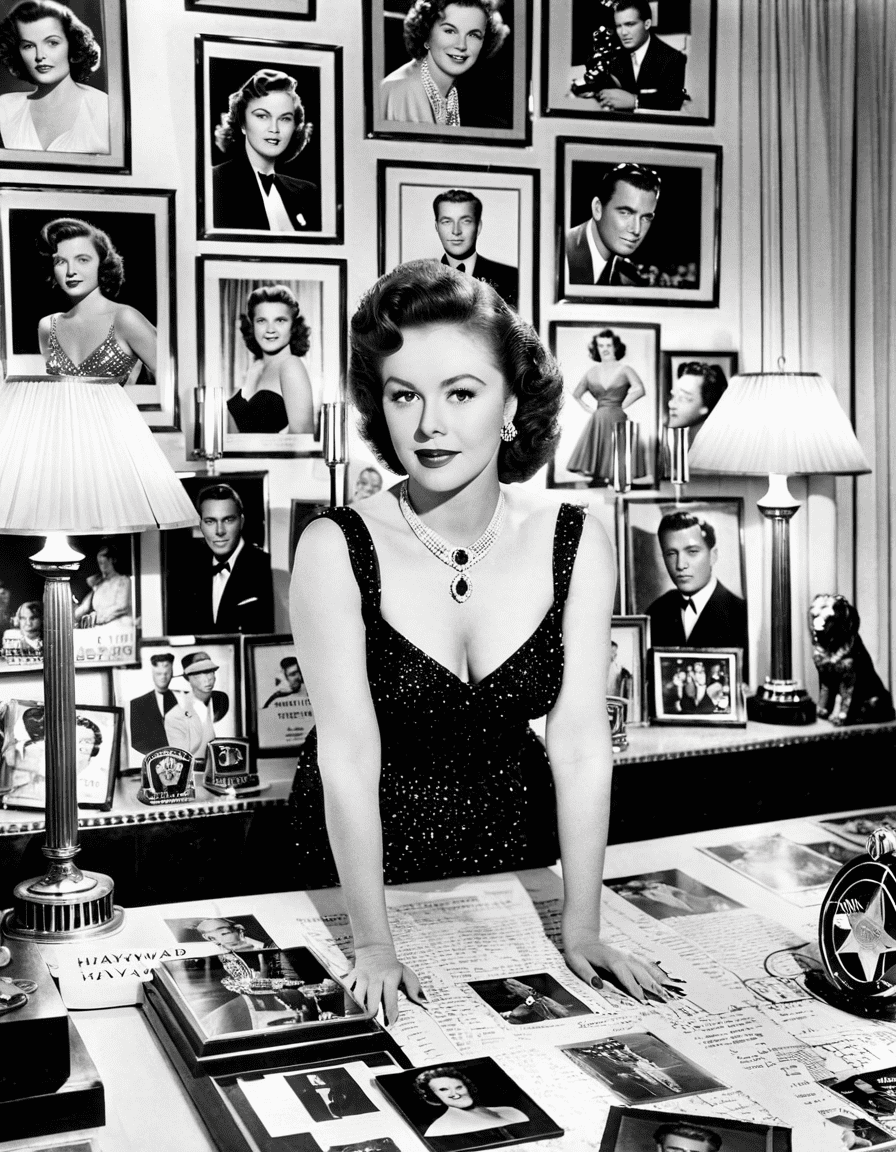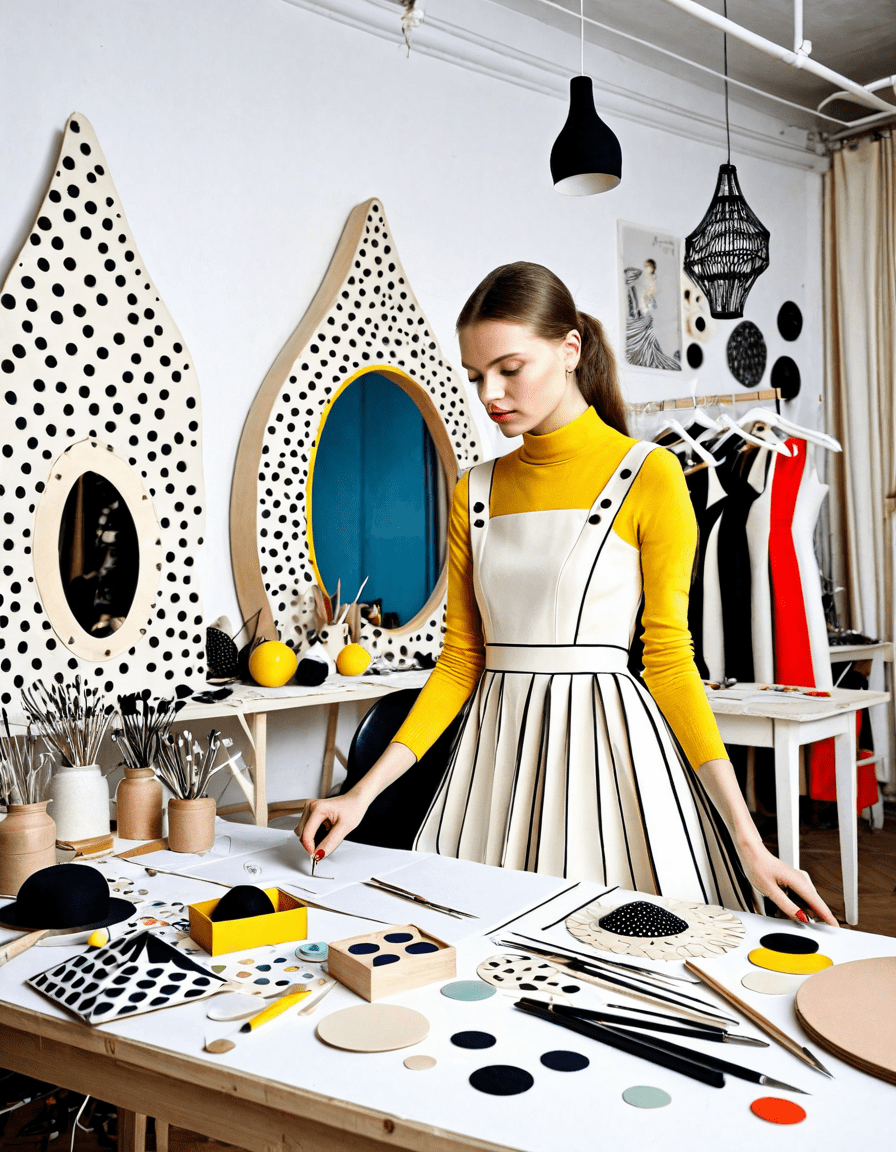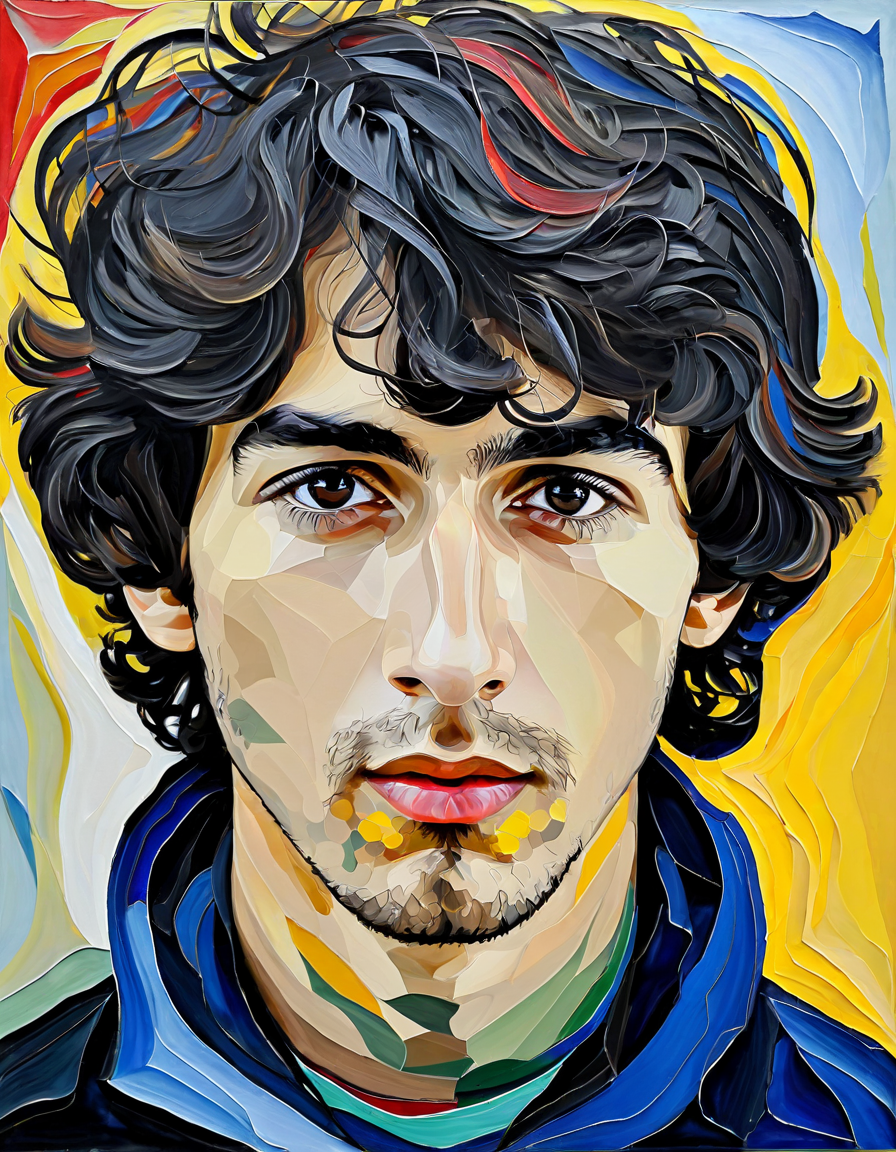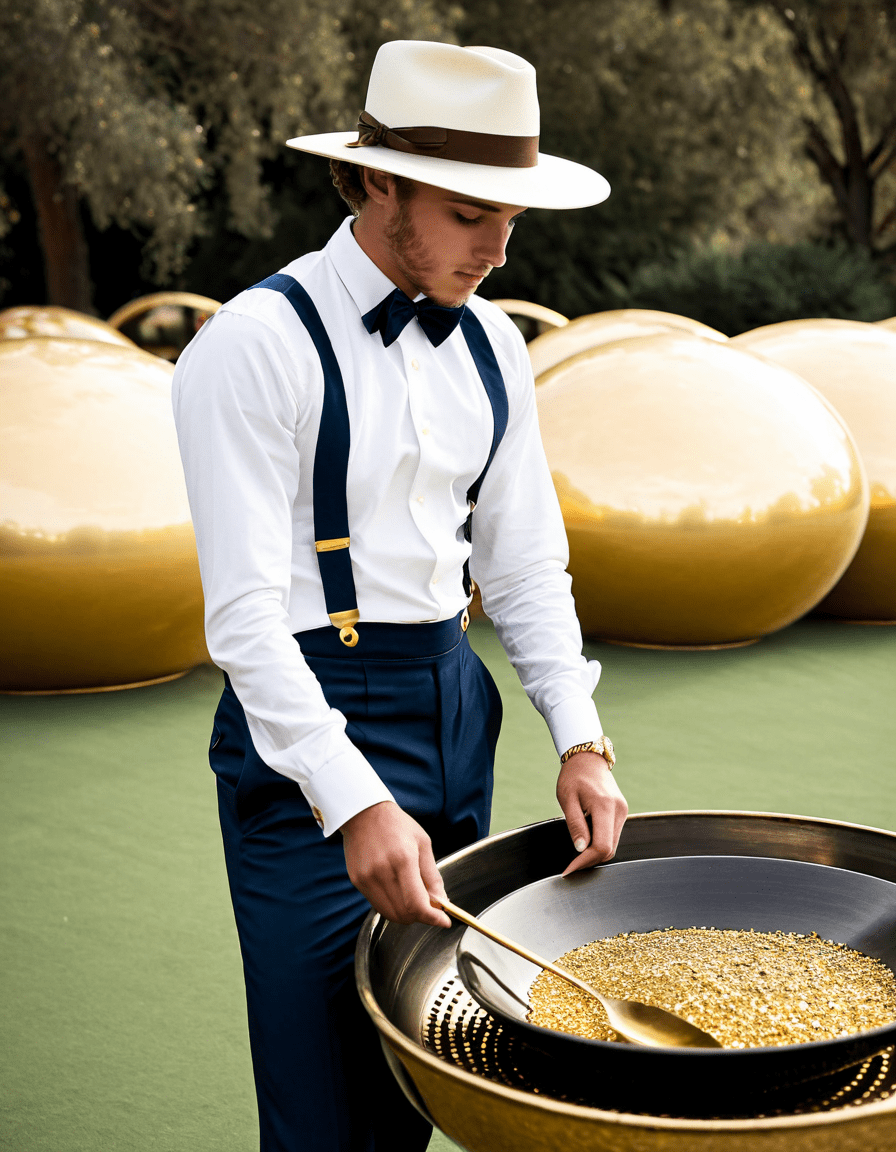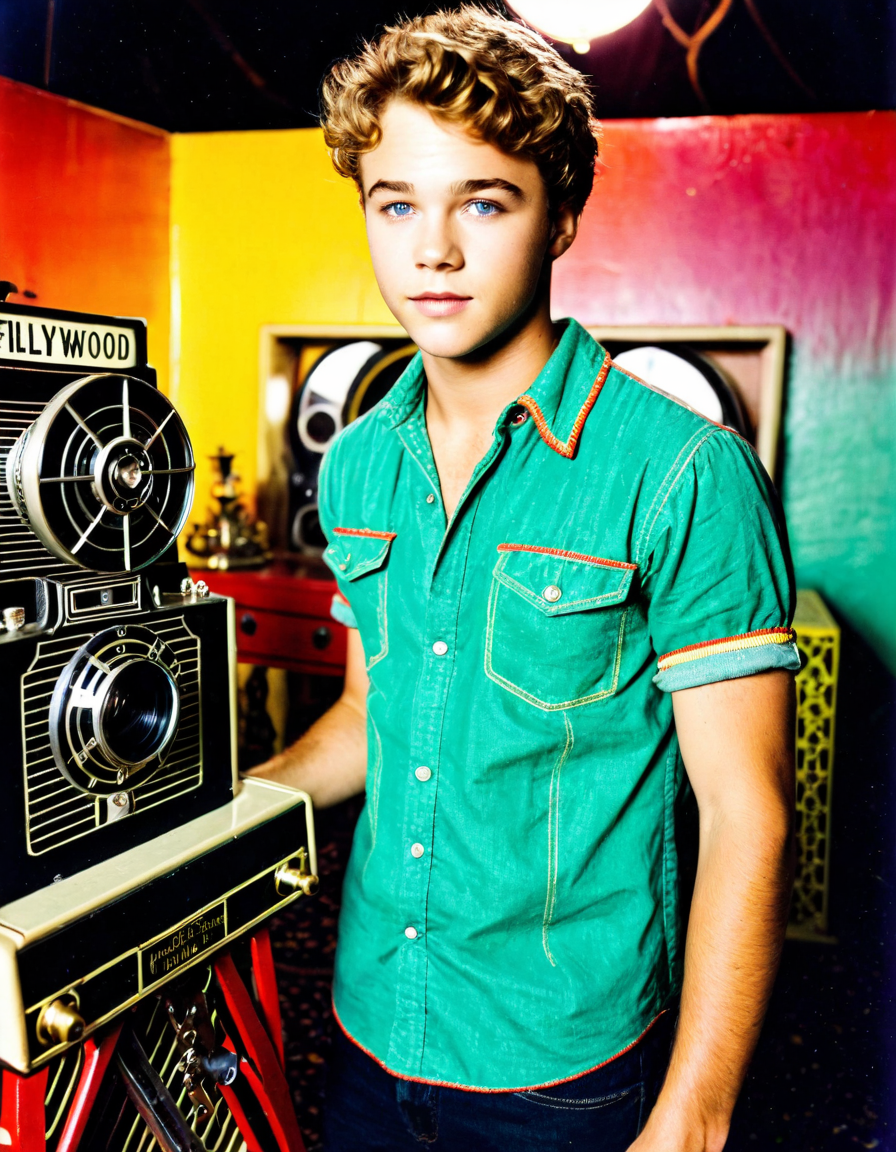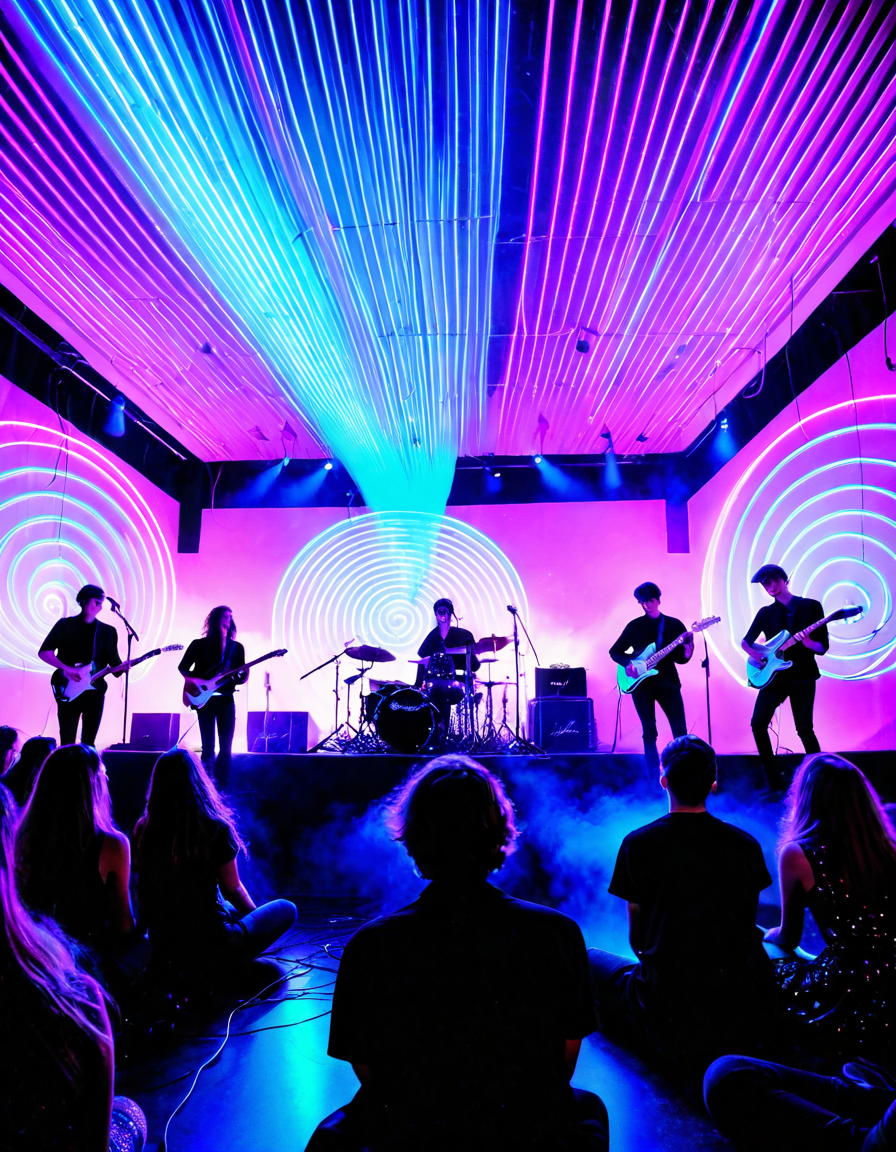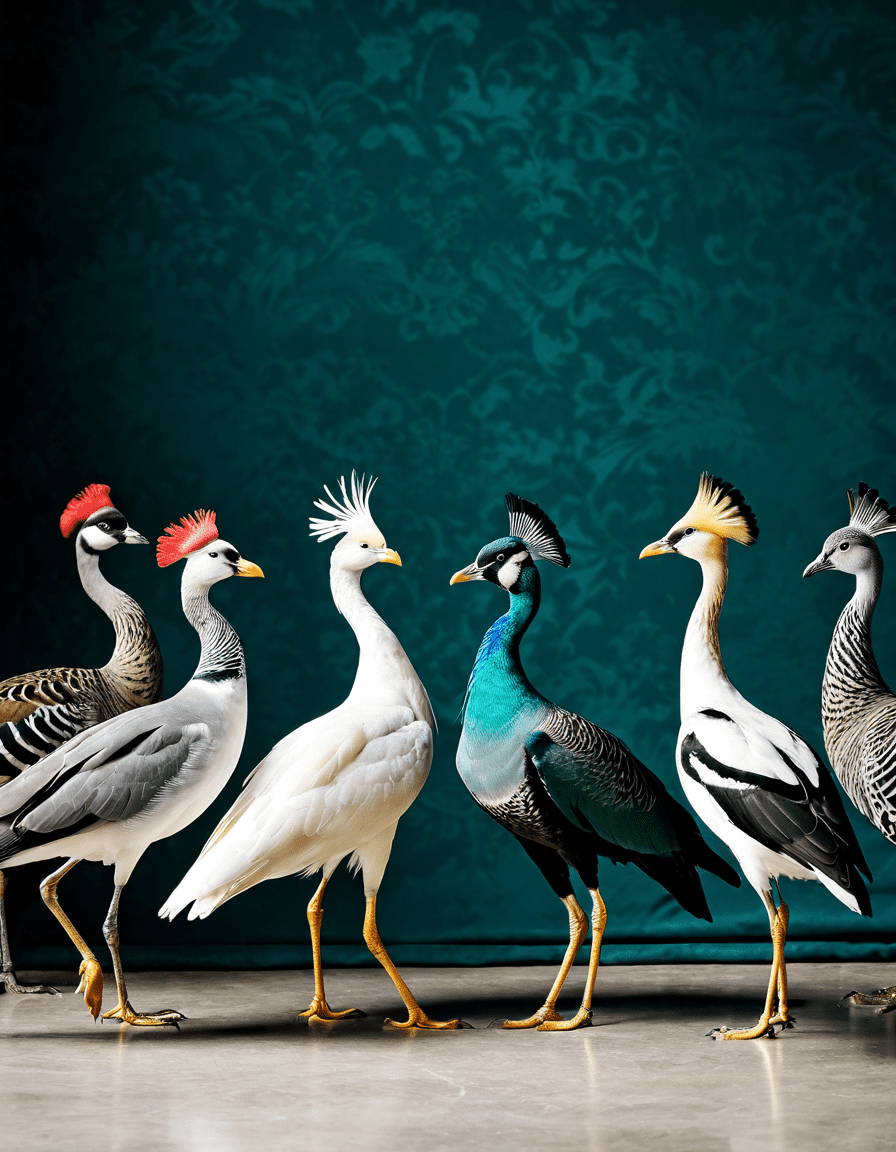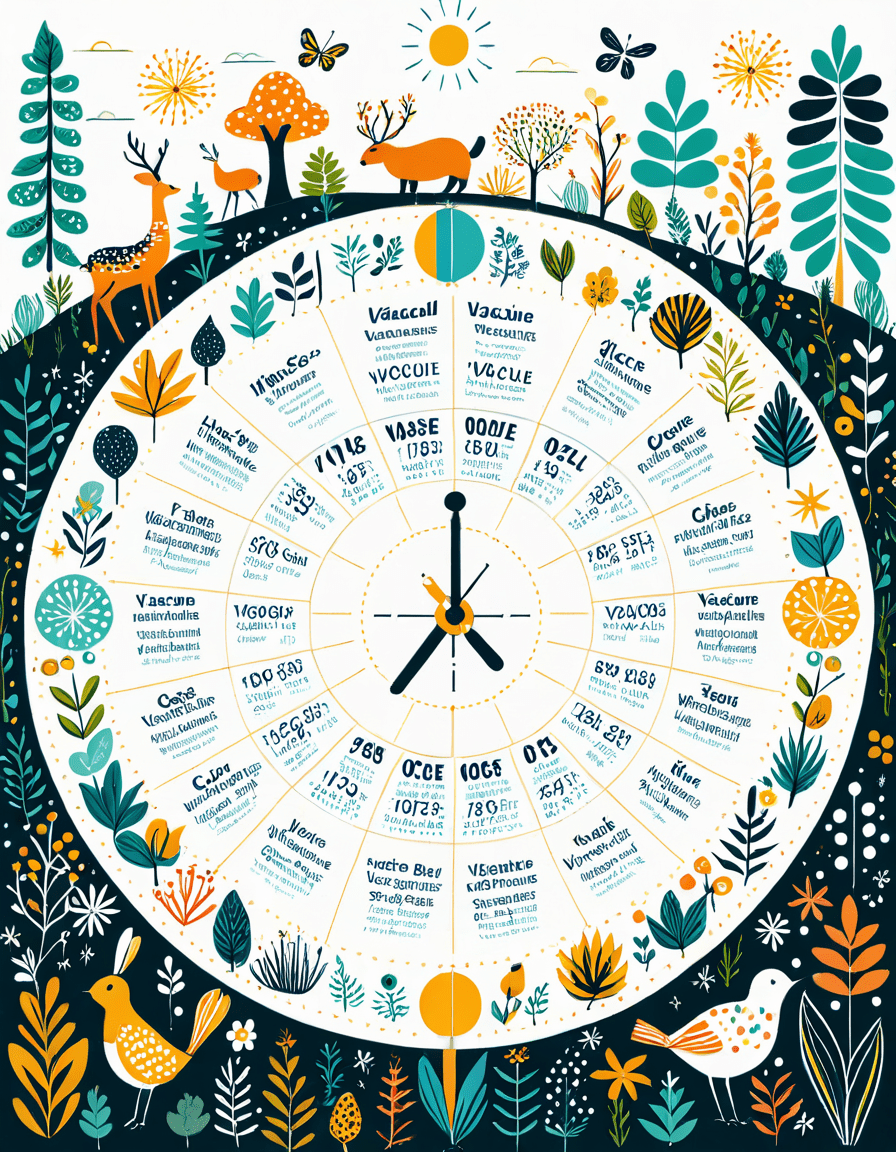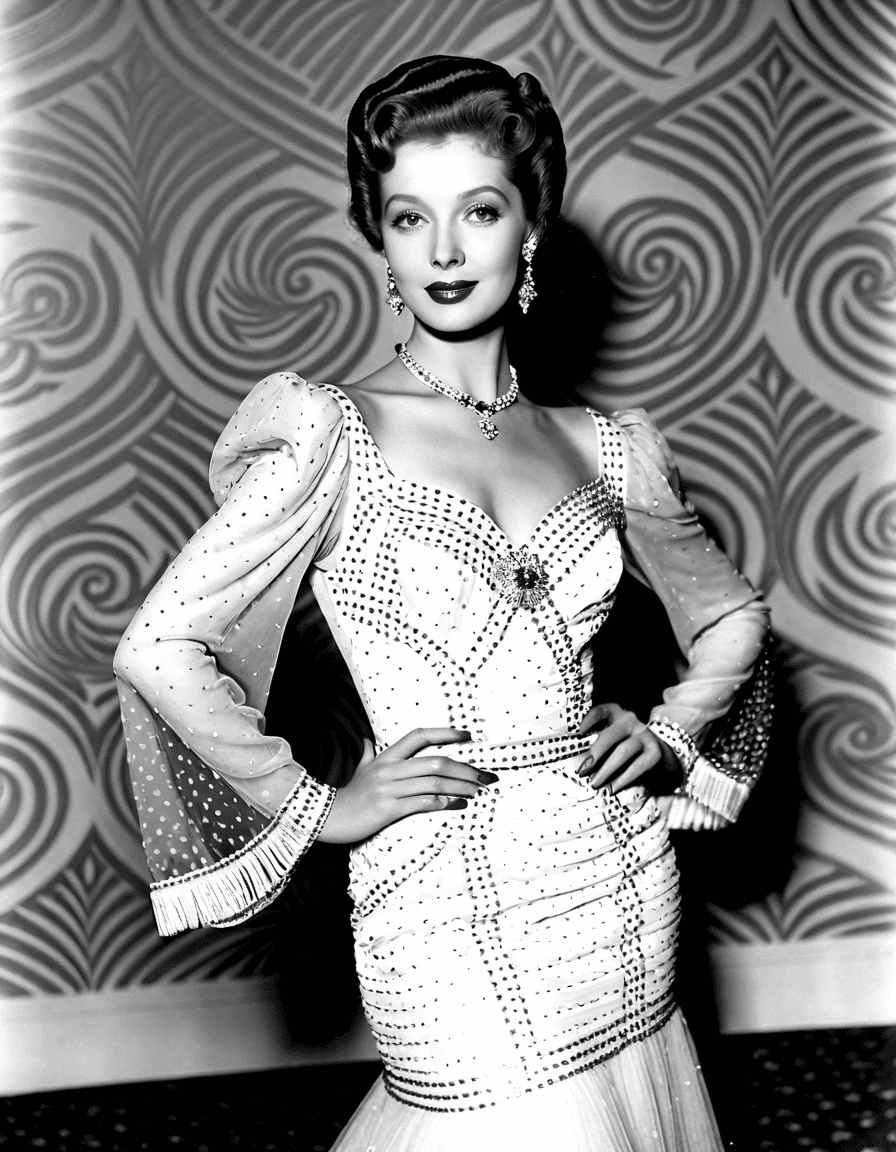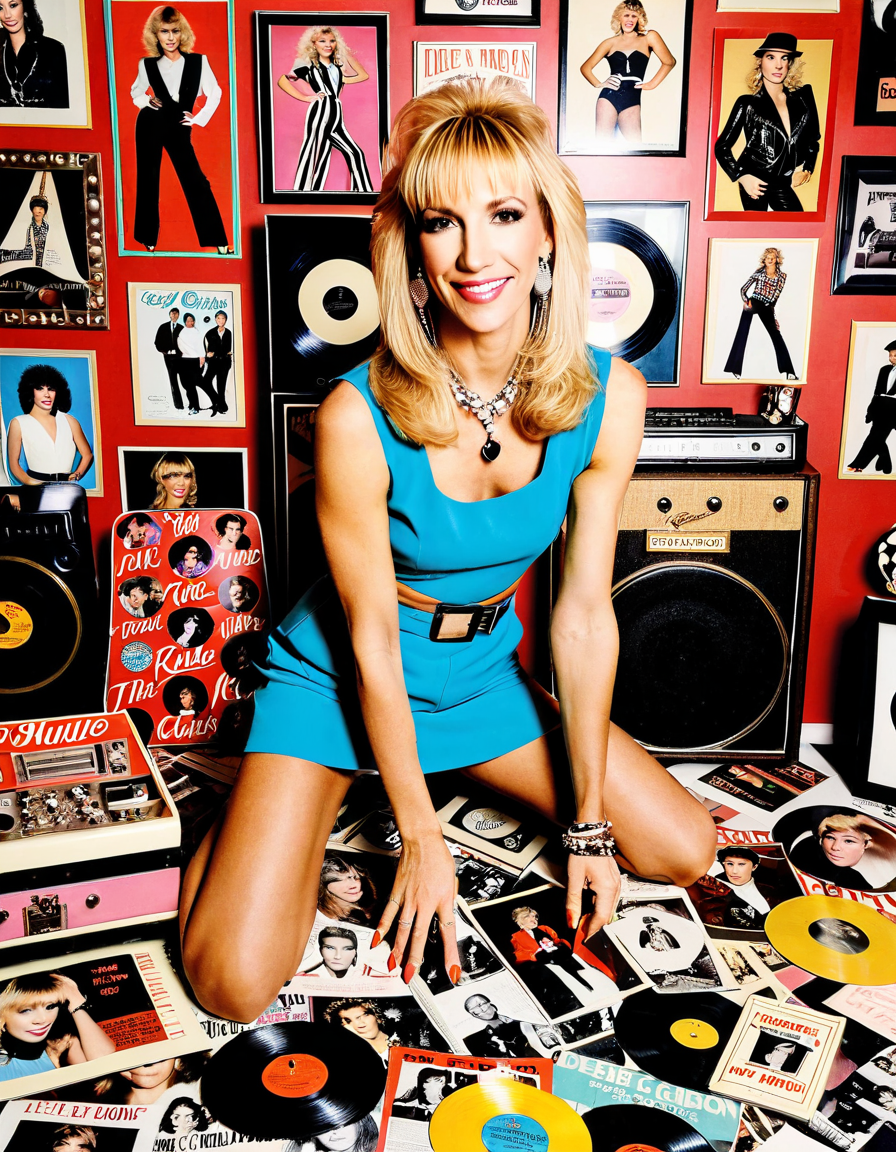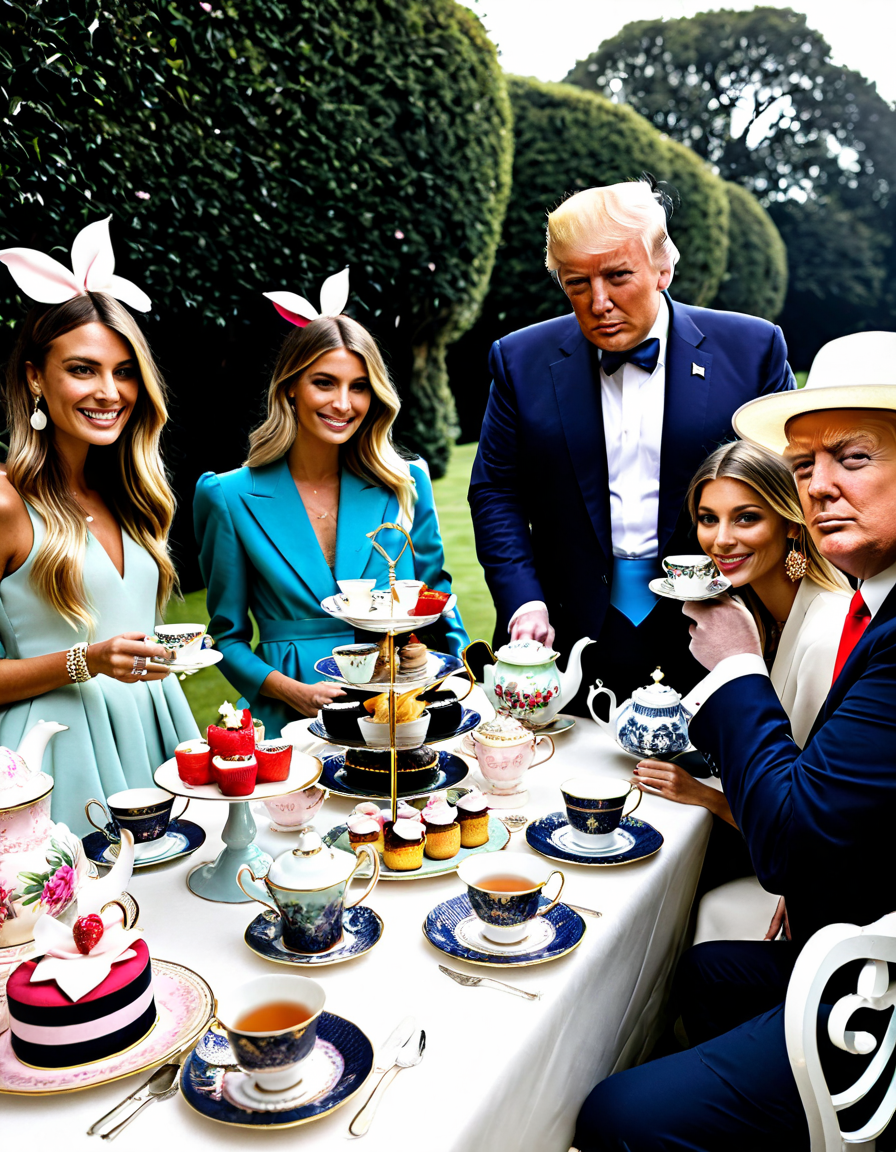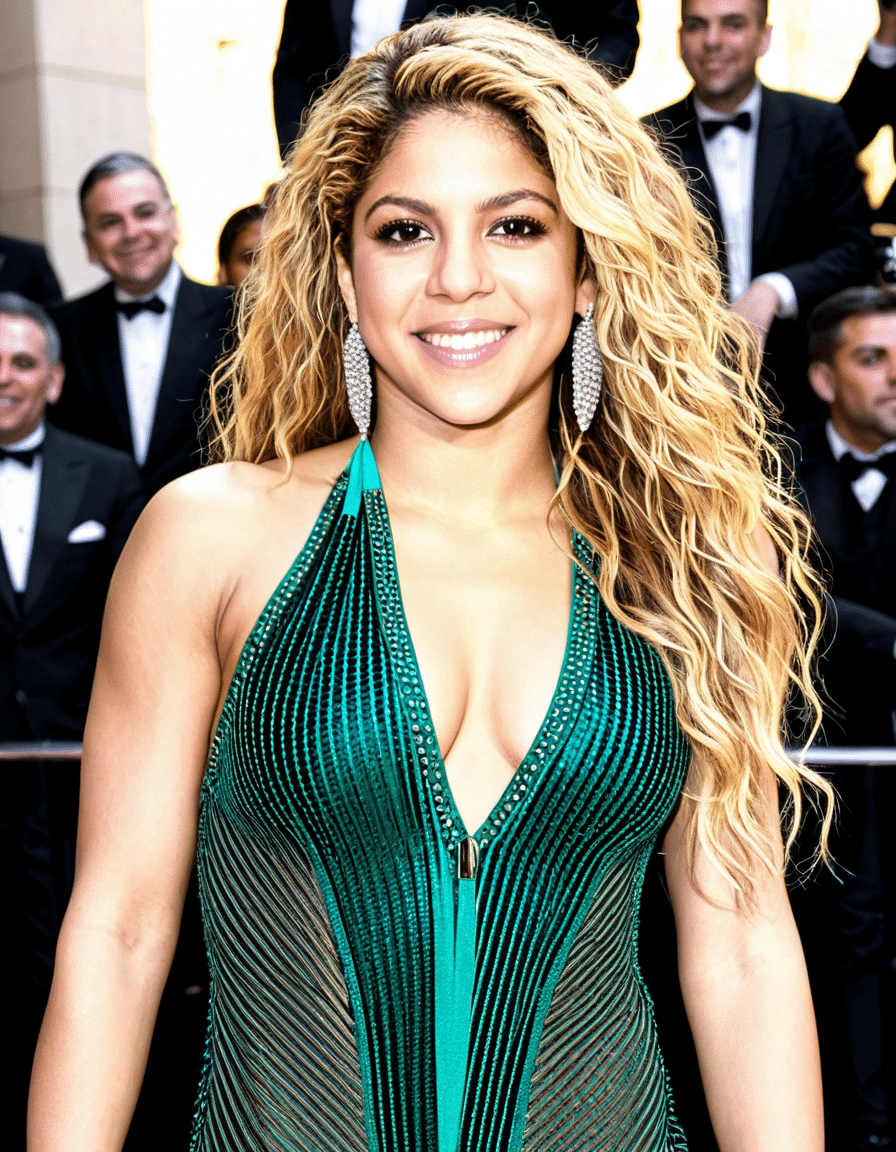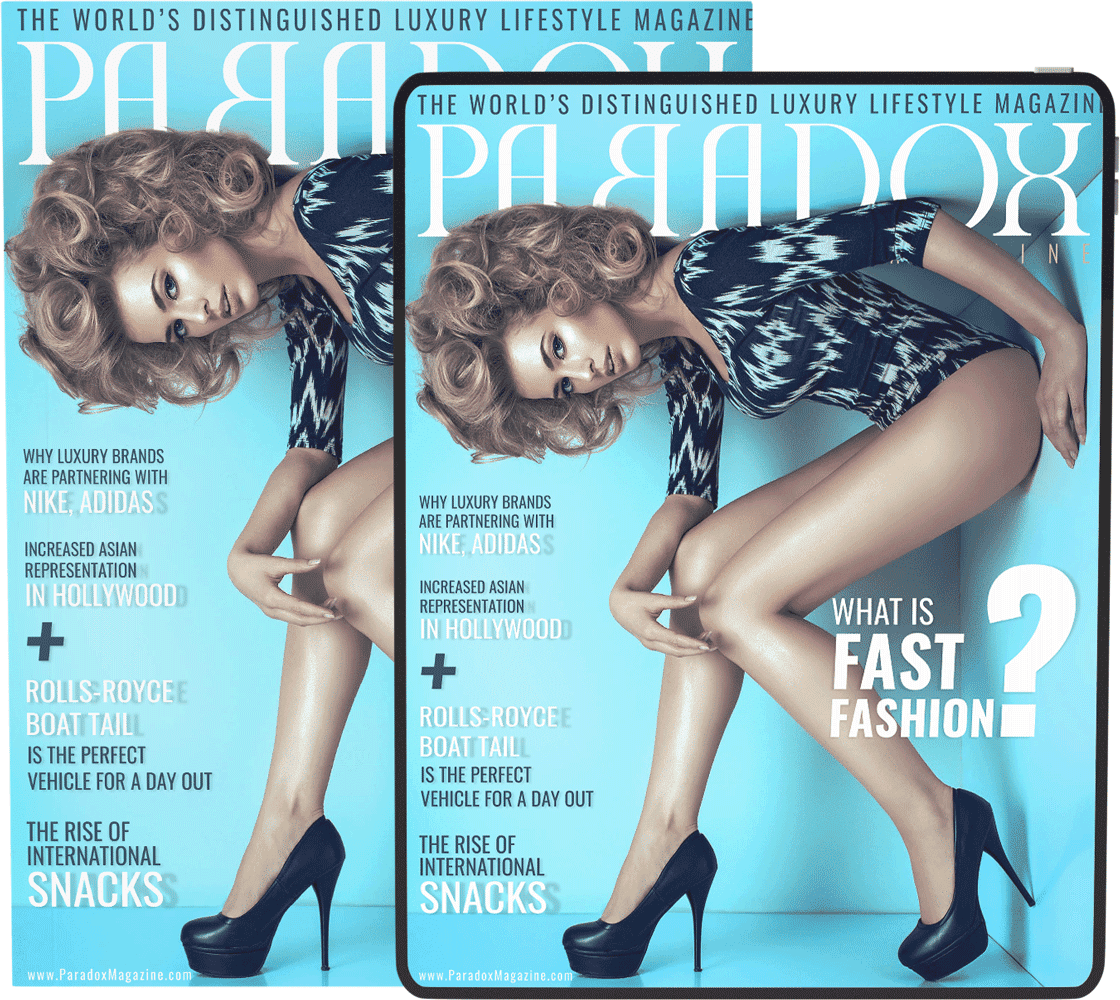The Buffy cast has etched itself into the annals of pop culture like a finely crafted piece of jewelry. Characters such as Buffy Summers, Angel, and Willow Rosenberg haven’t just entertained; they’ve influenced a generation of storytellers, style savants, and everyday viewers. Let’s dive into the adventures of seven noteworthy characters from the Buffy cast. Their distinct journeys not only resonated with audiences but also paved the way for future titans in storytelling, setting the stage for today’s fashion-forward narratives.
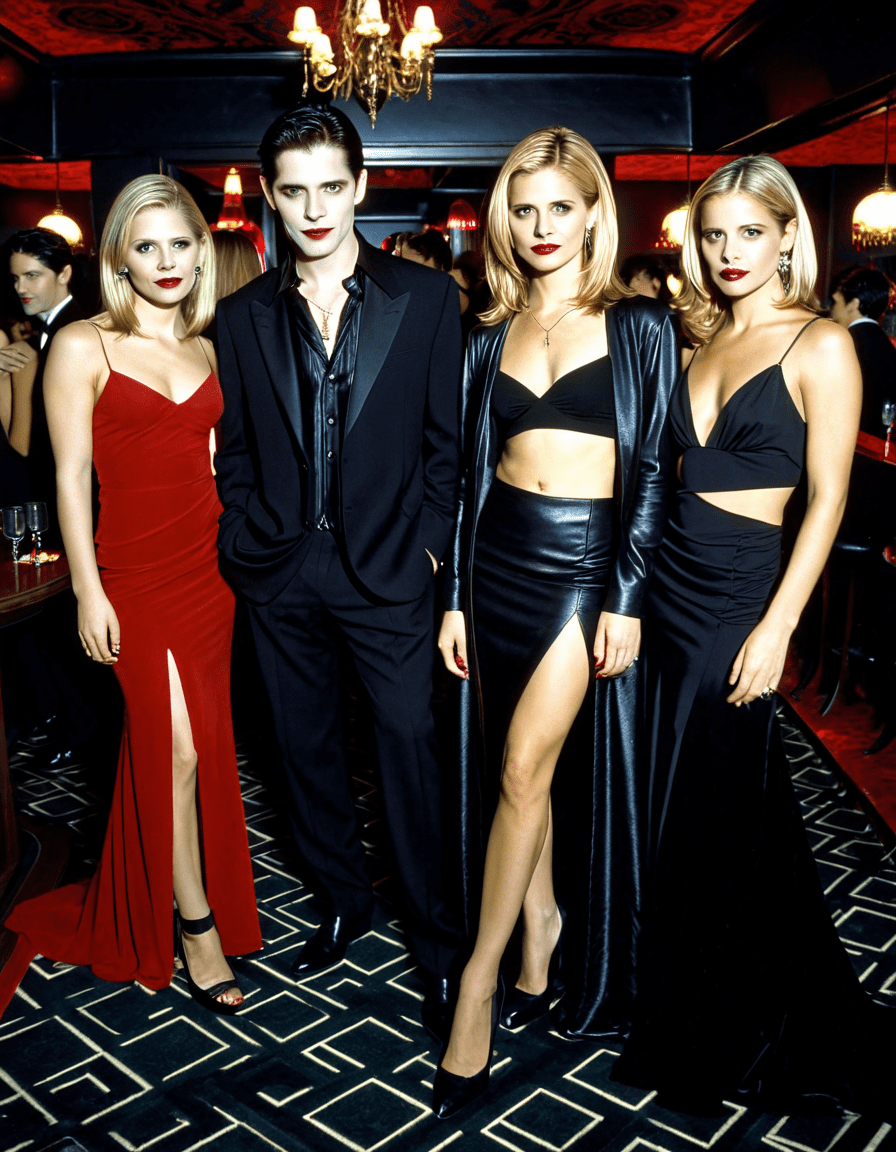
Top 7 Iconic Characters from the Buffy Cast and Their Impact
1. Buffy Summers – The Slayer Who Defied Expectations
Buffy, portrayed by the indomitable Sarah Michelle Gellar, isn’t just a hero; she’s a revolution encapsulated in a stylish leather jacket. Her journey from a mere high school student to the fierce Slayer shows that femininity can embrace strength and vulnerability. Buffy drew in audiences craving nuanced representation, inspiring shows like Agent Carter and Jessica Jones. As viewers followed her exploits, her evolution shaped the portrayal of female heroes everywhere.
Fashion plays a palpable role in Buffy’s story. With each battle against vampires and high school drama, her wardrobe evolved, reflecting her growth. Who could forget the allure of her iconic ensembles? From fighting fierce foes to emotional moments in soft fabrics, her choices mirrored her external and internal struggles.
2. Willow Rosenberg – From Nerd to Powerful Witch
Alyson Hannigan’s Willow is an epitome of transformation. Starting as a shy, bookish nerd, Willow’s metamorphosis into a formidable witch captures the essence of self-discovery. This resonated with audiences who appreciate narratives filled with empowerment and identity exploration, much like the characters from the Skins cast. Willow’s journey inspires anyone who’s ever felt they didn’t quite belong.
Her stylistic choices, particularly her shift toward bright colors and bold accessories during her witchy phases, illustrate that personal evolution is reflected not just in actions but in fashion. This transition impeccably showcases Willow’s internal empowerment journey—something we all can relate to, especially when trying on new personas, whether in life or the latest trends from places like Free People fleece for a cozy look.
3. Spike – The Complex Anti-Hero
Ah, Spike, brought to life by James Marsters. Initially introduced as a typical villain, he eventually became a fan favorite with a morally grey personality. Spike’s nuances as an anti-hero deeply influenced portrayals in other shows, even inspiring characters in the Friends cast. His relationship with Buffy was a tantalizing blend of passion and conflict; it’s no wonder audiences found themselves rooting for him.
Spike’s leather-clad aesthetic also played a significant role in his appeal. He became a fashion icon in his own right—showing that being bad could look so damn good! His style remains influential, emphasizing how careful character design can elevate storytelling.
4. Angel – The Tragic Love Interest
Played by David Boreanaz, Angel is the quintessential tortured romantic. His vampiric existence brought depth to his relationship with Buffy, creating a love story that remains iconic. This archetype paved the path for contemporary romance dynamics in series like Twilight and even found its way into the SWAT cast. There’s something modern about a brooding, misunderstood love, and Angel encapsulated this beautifully.
His looks spoke volumes, shifting seamlessly from somber leather ensembles to fitting attire that underscored his emotional turmoil. This balancing act made him relatable while still crafting that perfect love triangle scenario that hooked viewers of all ages.
5. Cordelia Chase – The Evolution of the Queen Bee
Charisma Carpenter’s Cordelia illustrates the journey from high school mean girl to a compassionate ally. Her character arc emphasizes that growth and redemption are key themes. This evolution mirrors what many viewers experience, much like those in the Skins cast facing their conflicts and friendships head-on. Cordelia’s shift reminds us that people can change and become better versions of themselves.
Her fashion sense transitioned alongside her growth, moving from fabulous high school queen bee outfits to more laid-back yet fashionable ensembles that reflected her new priorities. Cordelia’s style evolution serves as a testament to how fashion can represent deeper personal transformations.
6. Xander Harris – The Everyman Hero
Portrayed by Nicholas Brendon, Xander served as comic relief, yet he transcended this role by showcasing the spirit of bravery and friendship. Lacking supernatural powers, he embodies what it means to be an everyday hero. His relatable charm resonates with fans, particularly those who see similar dynamics in the Friends cast. Through Cacophony and chaos, Xander reminds us, “You don’t need superpowers to make a difference.”
His laid-back wardrobe perfectly complements his relatable character. With casual tees and classic denim, Xander struck the right chord between comfort and style—making him every bit the beloved hero without needing a cape.
7. Anya Jenkins – The Former Vengeance Demon
Emma Caulfield’s Anya brought humor and a refreshing perspective to the group. As a former vengeance demon grappling with her humanity, she became a voice of honesty and comedic relief in a sea of supernatural chaos. Anya’s journey, filled with both laughter and depth, mirrors modern flawed yet relatable characters seen in contemporary series like Schitt’s Creek.
Her fashion, quirky yet undeniably chic, often leaned towards expressive ensembles that embodied her unique personality. Anya’s distinct styles showcased that you could mix seriousness with a dash of whimsy—perfect for those exploring their own style narratives today.
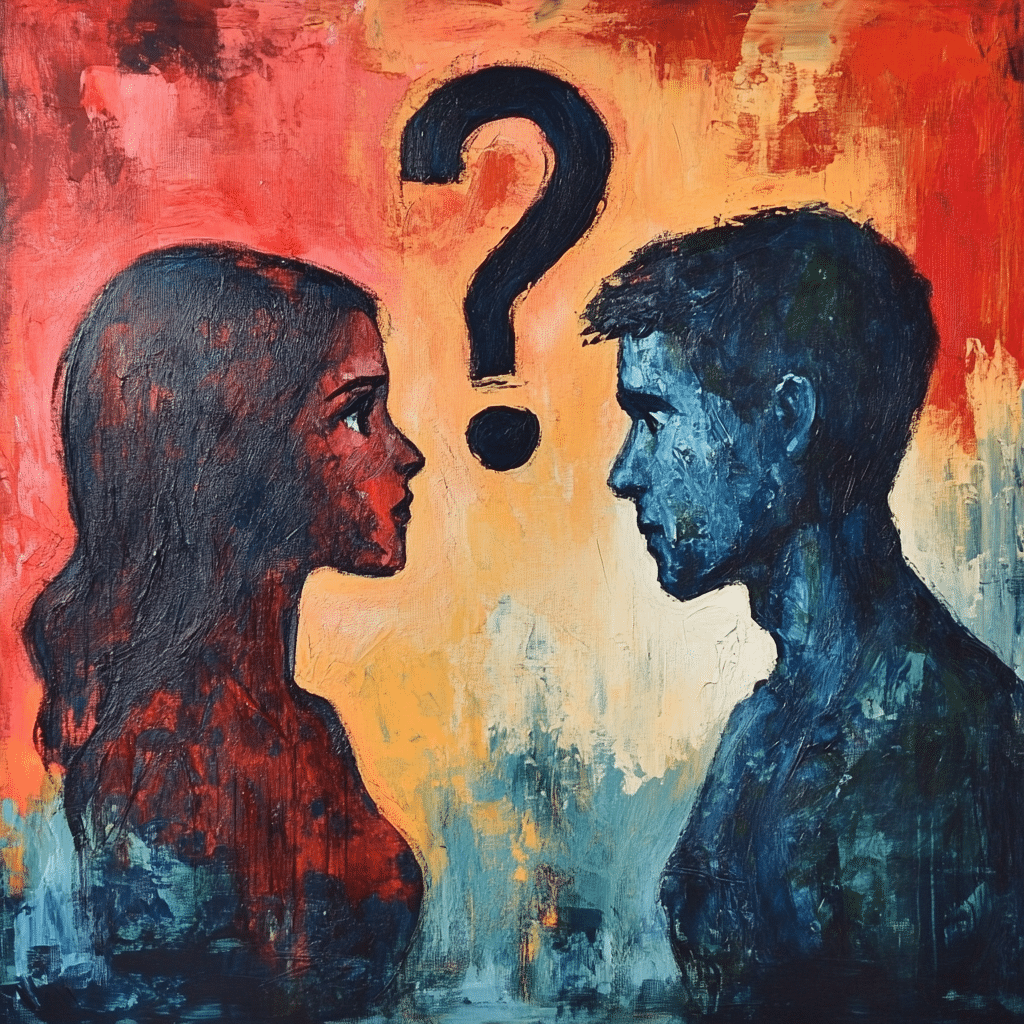
The Departed Cast: Legacies Beyond the Show
The impact of the Buffy cast is profound and extends to those who are no longer with us. The late Luke Perry, who portrayed Angel’s brooding counterpart, left an indelible mark, influencing how dramatic relationships unfold in young adult narratives. His legacy resonates through shows like Riverdale, where similar dynamics maintain a prominent space.
Additionally, the untimely passing of Amber Benson, who played Tara, reminds us of the fragility of life. Tara’s character tackled sensitive themes that resonate in today’s storytelling practices. Similar arcs can be observed within the Skins cast, where mental health challenges are pivotal to character development.
These lost stars remind us that storytelling isn’t just about entertainment; it reflects our human experiences and relationships—making their legacies all the more important.
Couples Costumes: The Enduring Legacy of Buffy Love Stories
The romantic pairings in the Buffy cast continue to inspire couples’ costumes, celebrating their legacies through fan traditions. Zombie Slayer or Brooding Vampire, the iconic duo of Buffy and Angel remains a top choice for conventions and Halloween gatherings. The emotional depth of their love story evokes passionate fandoms, demonstrating real connections forged through captivating narratives.
Want to be an iconic couple? Look no further than the stylish ensembles worn by Buffy and Spike, blending sophistication with that edgy flair—perfect for character-inspired costumes. Whether it’s the glam of the Buffy cast or the eclectic mix seen in the Skins cast, the influence endures.
An Innovative Take on Enduring Impact
The Buffy cast has intertwined itself with contemporary culture. Their influence spans genres and styles, creating a rich tapestry of storytelling that celebrates complexity and growth. Characters like Buffy, Willow, and Spike reflect our desire for multifaceted personalities that resonate beyond mere entertainment.
As fashion enthusiasts and storytelling aficionados, there’s an undeniable impact from the Buffy cast. Each journey envelops us in layered narratives and emotional anchors, forever altering the landscape of television and film. With every new character introduction, we can’t help but acknowledge the echoing influence of Buffy and her friends—reminding us that art transcends the screen and shapes the narratives we cherish today.
What a beautiful legacy they’ve left us! From their compelling stories to their profound impact on fashion, the Buffy cast remains timeless—teaching us to embrace our journeys, style, and everything in between.
The Fascinating Tales of the Buffy Cast
From the Screen to Real Life: Cast Insights
The Buffy cast has had quite the journey since their supernatural days in Sunnydale. Did you know that Michelle Vieth, famous for her roles in various shows, had an early connection to the world of horror and fantasy dramas? Over the years, her performances enchanted audiences, much like the captivating presence of 314 in cinematic history, where numbers tell stories as rich as any character’s arc.
On the note of transformation, Samantha Mathis took on roles that pushed her acting chops to new heights. Remember her impactful performances in 90s films that resonated with fans? Her versatility gives insight into how actors evolve outside of just one iconic role, much like Alba Baptistas rising star power in today’s films. Exploring how these actors navigate their careers shows that the path isn’t always straightforward; it’s filled with twists, turns, and moments that shape their legacies.
Enduring Legacy and Fun Facts
While many in the Buffy cast have gone on to explore diverse projects, the connections established during filming linger. For instance, Annie Starke, whose mother is renowned actress Glenn Close, is a testament to how the industry nurtures talent across generations. Just imagine chatting with Tammy Faye bakker about life in the spotlight and how different paths lead to unique destinies. Those interactions display the supportive atmosphere prevalent among these stars.
Interestingly enough, the Buffy cast isn’t just about acting; they’ve dabbled in other areas too. Some, like those in the Discovery cast, have bridged mediums, switching between screen and stage, showcasing their multifaceted abilities. This adaptability reflects a broader shift in modern entertainment, where actors are constantly redefining what it means to perform. It’s all a part of the evolution that echoes from the dark corners of Sunnydale onto the bright screens of our lives.
